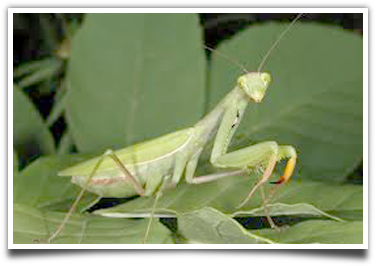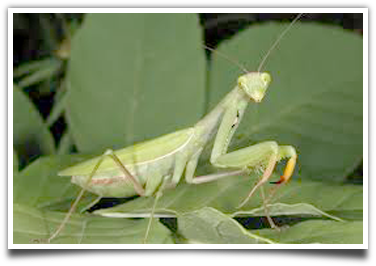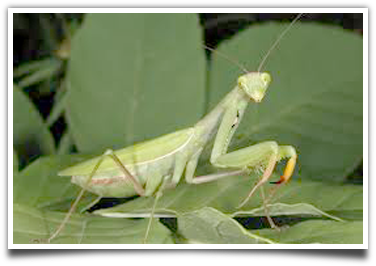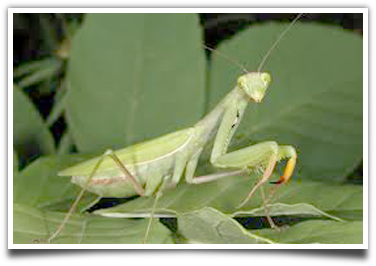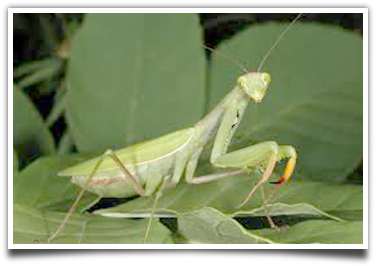Praying Mantis Facts about their Eggs
Just like most other insect species, the praying mantises also reproduce through hatching eggs. Many farmers and gardeners take note of praying mantis facts about their eggs especially if they plan on using these mantises as a natural form of pest control. When praying mantises release eggs, the eggs are enclosed in a case and farmers call this a mantis egg case. Egg cases of praying mantises can be sold to other farmers and gardeners.
When the praying mantis lays its eggs, the eggs will be enclosed in a case for protection. These egg cases can usually be found hanging in branches or attached to tall grasses. It would usually take between 3 and 6 weeks before the eggs would actually begin to hatch. A very interesting fact about these egg cases is that one case can hold as much as 200 baby praying mantises once they hatch.
If you plan on using these egg cases to be sued in your garden, it is necessary to enclose the egg case in a small container with holes in them. This will prevent birds from eating the case and killing the eggs. The eggs love to be in warm yet humid weather. But some people refrigerate the eggs to prolong the hatching of the eggs.
Life Cycle of Praying Mantis The most interesting praying mantis facts are related to its life cycle. The life cycle of a praying mantis begins in reproduction when a male and a female praying mantis would mate. During this process, scientists have observed that female mantises could cut the heads of the male before they actually mate. But in the wild, may mantis species are known for elaborate dance courtships. The male will then hop on to the back of the female to lodge his More... Praying Mantis Facts for Kids If you ask most kids, they will tell you that they get scared of praying mantises because of their appearance. But if you teach these kids praying mantis facts, they can get fascinated by these insects and they will learn more about the natural life cycle in the environment. The first few details that kids should know about these praying mantises are about the appearance. These insects have their forelimbs folded in front of their bodies which resemble the praying More... Praying Mantis Facts on its Habitat There are a lot of people especially kids who want to find out more praying mantis facts. The appearances of these insects can instantly spark curiosity among people who are able to see it. One of the things that people usually ask about praying mantises is their habitat. This is because many kids want to know if they would be able to find praying mantises in the backyards of their own homes. The most common areas where praying mantises can More... Purchasing a Praying Mantis When considering buying a praying mantis, decide first on what type of this insect you want to take care of. There are several distinct kinds available, but only a few of them are legal in the United States. If you are searching for a green-colored praying mantis, it is a good idea to purchase a European mantis. After making a decision, you need to find a seller or a breeder. You may try to visit a private breeder, a garden More... Praying Mantis Facts All over the world, there are approximately one thousand and eight hundred known species of insects grouped from the genus Mantis. Because of the anatomical uniqueness of the mantis’ striking and very defined front legs that are bent at a particular angle resembling a praying position, this genu is most commonly referred as the praying mantis. The praying mantis comes from an entire, bigger group of mantids, from the class Insecta and from the phylum Anthropoda. Most praying mantis facts More...
|
